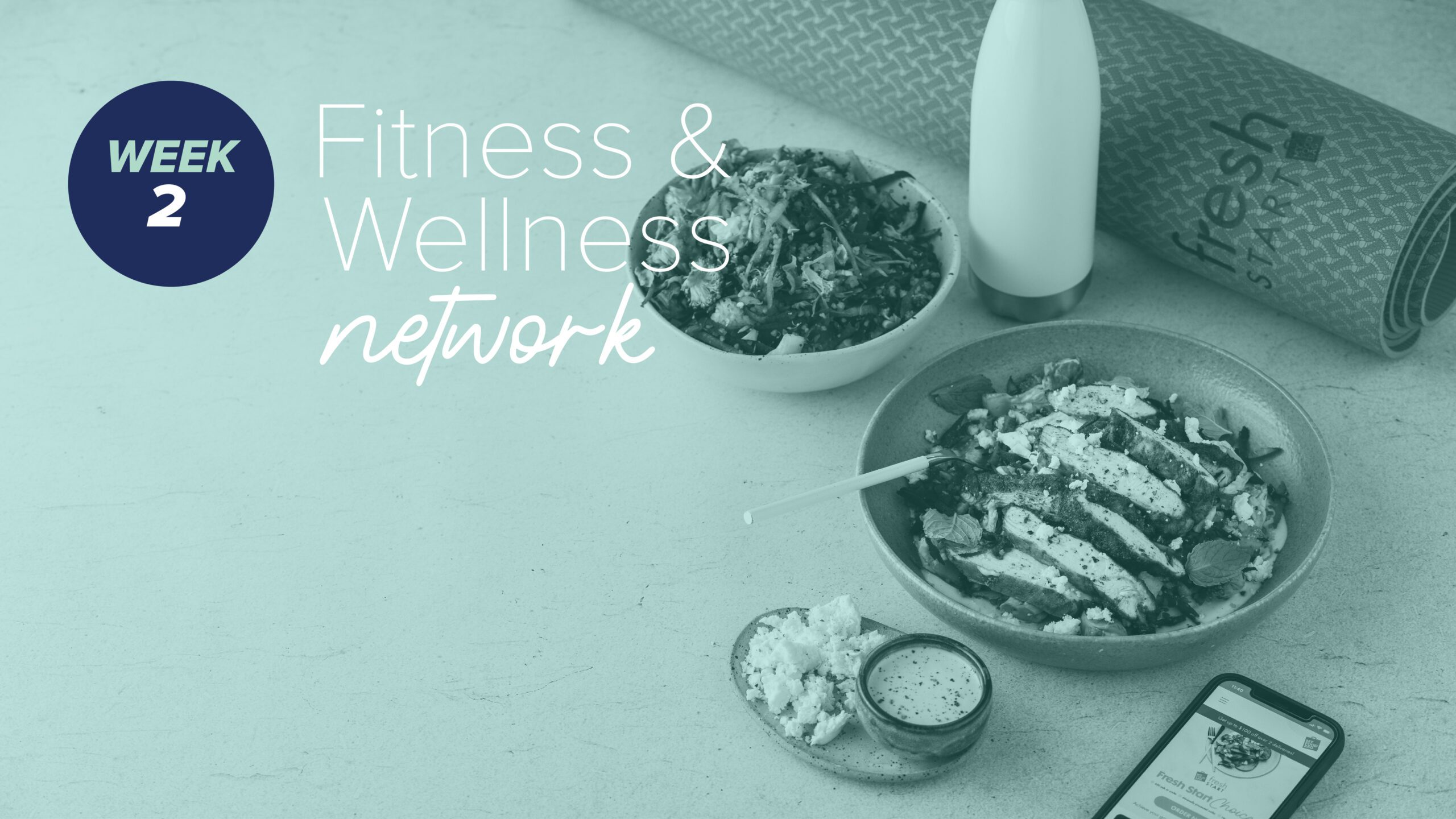
Our in-house Registered Dietitian, Catherine Cucumber Bell shares with us 10 of the most common nutrition mistakes she sees.
1. Trying to replicate someone else’s diet
There are a plethora of “What I eat in a day” videos and menu plans available. One of the most exciting things about nutrition is that each person has their own unique requirements and there are an extraordinary number of possible healthy diets. There is truly no “one diet to rule them all” and the same diet does not equal the same results. With your own schedule, likes, and habits, I encourage you and your clients to use menu planning content as recipe inspiration (at best!) rather than a rule book.
2. Aiming for perfection instead of consistency
A healthy dietary pattern is about the overall quality of the foods you eat, over weeks, months and decades. Not the inclusion or exclusion of single foods. When it comes to sustainable healthy eating, many clients are surprised to hear me say “Good, is good enough!”.
3. Not valuing the social element of food
Food brings people together and enjoying food socially is one of the major elements of diet satisfaction (1). If your diet is such that it makes spontaneously eating with others incredibly difficult over a long period of time, I really encourage you to move the goal post before getting started, instead of later down the line when challenges arise and your confidence has been knocked.
4. Focusing on eating less, not better
With weight management there is always debate as to which is more important, improving the quality of the food you eat, or reducing the quantity of food you eat. I argue that there is much more to gain from making quality the focus, and not just because research shows how challenging it is to consistently eat smaller portions (2). Research from Stanford University has shown that when participants were taught to prepare healthy foods they lost weight, despite no education around calorie counting (3). Participants also reaped the benefits of reduced disease risk and improved immunity, energy levels and sleep – which they wouldn’t have with portion control education alone.
5. Eating too many diet foods
In some instances, such as unflavoured milk and yoghurt, there are benefits of selecting the lower fat version such as reduced saturated fat intake. However, some ‘diet foods’ may be stripped of nutrients and less satisfying than their counterparts. I usually suggest clients focus instead on choosing the higher quality product (see point six) as it tends to help help appetite control.
6. Not reading labels
Reading labels is the best way to review the quality of a product, and not be fooled by product marketing claims. I always start by checking out the ingredients list for higher quality ingredients. Then, using the nutrition information panel I’ll compare between foods for the sugar, saturated fat and sodium content (aim for lower) then protein and fibre content (aim for higher). Comparing by using the products ‘per 100g column’ will make it a fair fight.
7. Ignoring taste and satisfaction
Brazil and Canada have started adding rediscovering eating pleasure into their new diet guidelines. Why? Because they know that enjoyment drives food choices. For example, it might not surprise you that whilst Americans associate “healthy” with “not tasty” (4) the French, with lower obesity rates, associate “healthy’ with “tasty” (5). With this in mind, remind your client to not completely ignore all the frills that make food delicious: sauces, sprinkles, cheeses, toasted nuts, seeds – yes even if it adds calories – they’ll likely see better long term results!
8. Not eating protein regularly enough
It’s common for clients to have a low protein breakfast, and a very high protein dinner. Protein needs to be spread throughout the day. Not just for satiety, but also for better absorption. Key experts suggest aiming for about 20-40g of protein every 3 to 4 hours throughout the day for best muscle synthesis (7).
9. Getting bogged down in the details
Five or more servings of vegetables per day, two of fruit, at least three fist size servings of high fibre whole grains and a serving of lean protein with each meal and snack. These are the fundamentals of a healthy diet – and yes, there are plenty of variations of this that can also be perfectly adequate too. But, unless the foundations are solid, there is little point in getting too deeply concerned in the finer details, for example the type of oil you use, the length of time you cook your vegetables, or whether its worth incorporating any *insert superfood here*. Focus on the big pillars of healthy eating before spending any energy on the 1 percenters.
10. Not planning ahead
Fail to plan, and you’re planning to fail. Whilst it’s important to allow for some spontaneity, just like any goal, making a change in your diet habits does require some forethought and effort. Even encouraging your client to plan three of their dinners ahead of time means they’ll feel much more connected to their goal throughout the week. For those who want to give full meal prep a go, check out my tips here: Our In-House Dietitian’s Six Steps To Efficient, Economical & Deliciously Nutritious Meal Prep | My Food Bag Blog
- Bédard A, Lamarche PO, Grégoire LM, Trudel-Guy C, Provencher V, Desroches S, Lemieux S. Can eating pleasure be a lever for healthy eating? A systematic scoping review of eating pleasure and its links with dietary behaviors and health. PLoS One. 2020 Dec 21;15(12):e0244292. doi: 10.1371/journal.pone.0244292. PMID: 33347469; PMCID: PMC7751982.
- Heymsfield SB, Harp JB, Reitman ML, Beetsch JW, Schoeller DA, Erondu N, Pietrobelli A. Why do obese patients not lose more weight when treated with low-calorie diets? A mechanistic perspective. Am J Clin Nutr. 2007 Feb;85(2):346-54. doi: 10.1093/ajcn/85.2.346. PMID: 17284728.
- Gardner C.D., Trepanowski J.F., Del Gobbo L.C., Hauser M.E., Rigdon J., Ioannidis J.P.A., Desai M., King A.C. Effect of Low-Fat vs. Low-carbohydrate diet on 12-month weight loss in overweight adults and the association with genotype pattern or insulin secretion: The DIETFITS (Diet Intervention Examining The Factors Interacting with Treatment Success) randomized clinical trial. JAMA. 2018;319:667–679.
- Raghunathan R, Naylor RW, Hoyer WD. The unhealthy equal tasty intuition and its effects on taste inferences, enjoyment, and choice of food products. J Mark. 2006; 70: 170–184.
- Werle CO, Trendel O, Ardito G. Unhealthy food is not tastier for everybody: The “healthy = tasty” French intuition. Food Qual Prefer. 2013; 28: 116–121.
- Churchward-Venne TA, Murphy CH, Longland TM, Phillips SM. Role of protein and amino acids in promoting lean mass accretion with resistance exercise and attenuating lean mass loss during energy deficit in humans. Amino Acids. 2013;45:231–40
- Jäger, R., Kerksick, C. M., Campbell, B. I., Cribb, P. J., Wells, S. D., Skwiat, T. M., … & Antonio, J. (2017). International society of sports nutrition position stand: protein and exercise. Journal of the International Society of Sports Nutrition, 14(1), 20.


